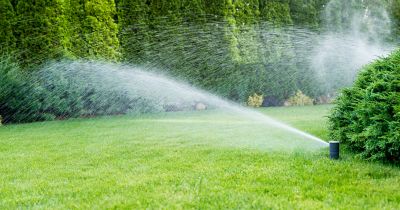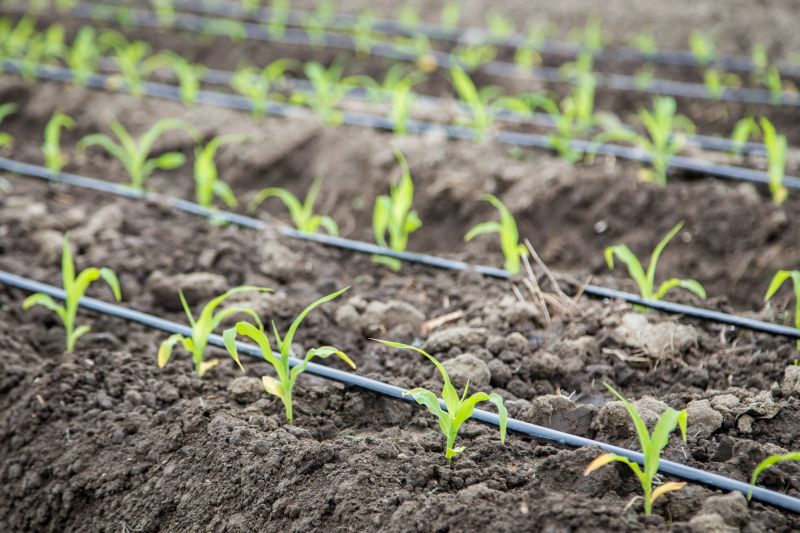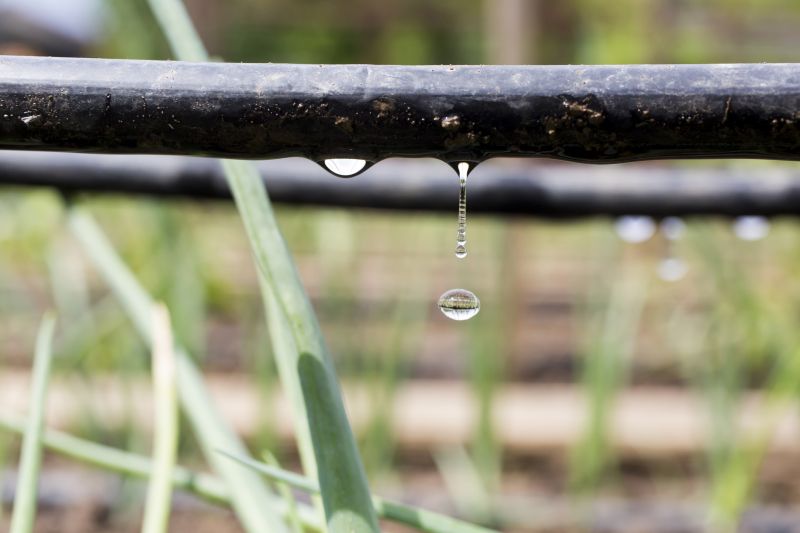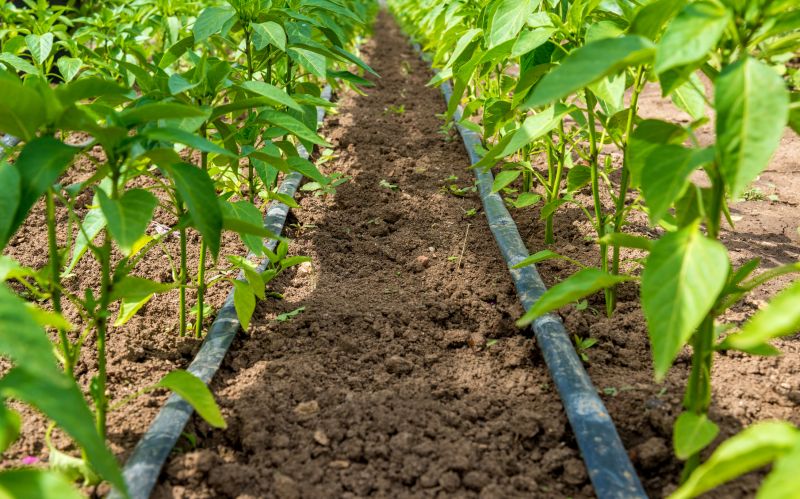Optimal Timing for Drip Irrigation Service
Proper timing for drip irrigation service ensures optimal system performance and plant health. The ideal period depends on seasonal changes, crop cycles, and local climate conditions. Regular inspections and maintenance are recommended before peak growing seasons to prevent issues and maximize efficiency.
Spring is an optimal time to service drip irrigation systems to prepare for the upcoming growing season. It allows for repairs and system checks after winter dormancy.
Conducting service before planting ensures the system is functioning properly, reducing water waste and promoting healthy plant growth.
Mid-season service can address clogs or leaks that develop over time, maintaining irrigation efficiency.
After harvesting, servicing helps clean and store the system properly for the next cycle.

Springtime check of drip lines and emitters.

Preparing the system before planting season.

Addressing clogs and leaks during the growing season.

Cleaning and storing system after harvest.

Ways to make Drip Irrigation Service work in tight or awkward layouts.

Popular materials for Drip Irrigation Service and why they hold up over time.
| Timing Recommendation | Purpose |
|---|---|
| Spring | Prepare system for upcoming planting season. |
| Pre-Planting | Ensure system is functioning properly before crops are planted. |
| Mid-Season | Maintain efficiency by addressing clogs or leaks. |
| Post-Harvest | Clean and store system for the next cycle. |
| Off-Season | Inspect for damage and prevent freezing issues. |
Drip irrigation service involves cleaning, inspecting, and repairing components such as emitters, tubing, and filters. It enhances water efficiency, reduces waste, and promotes healthier plant growth. Regular servicing can improve system longevity and ensure consistent water delivery, which is critical for maximizing crop yields and reducing operational costs.



